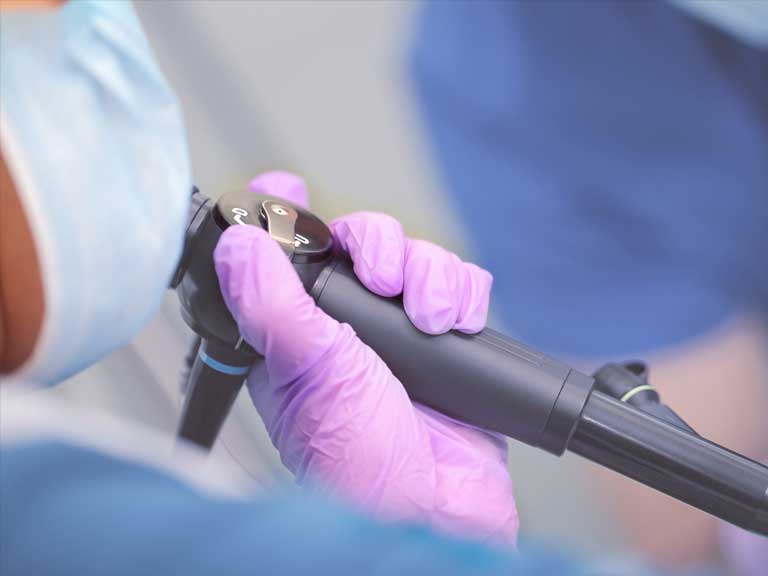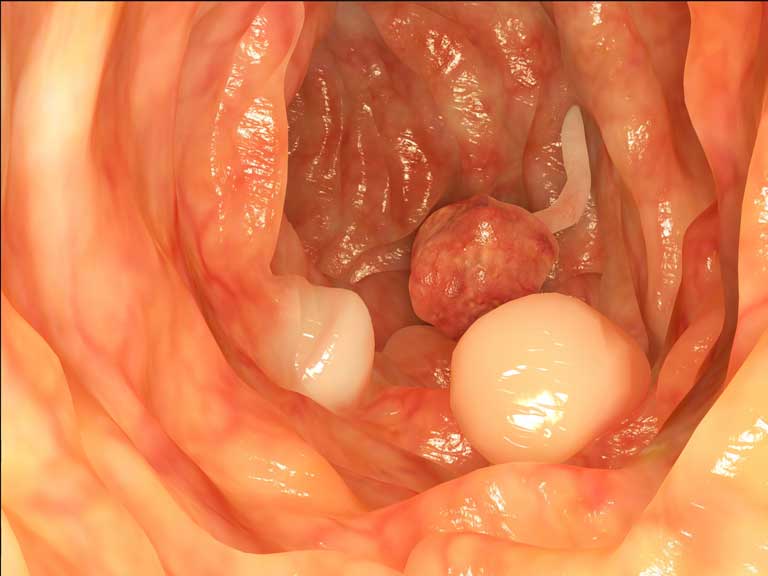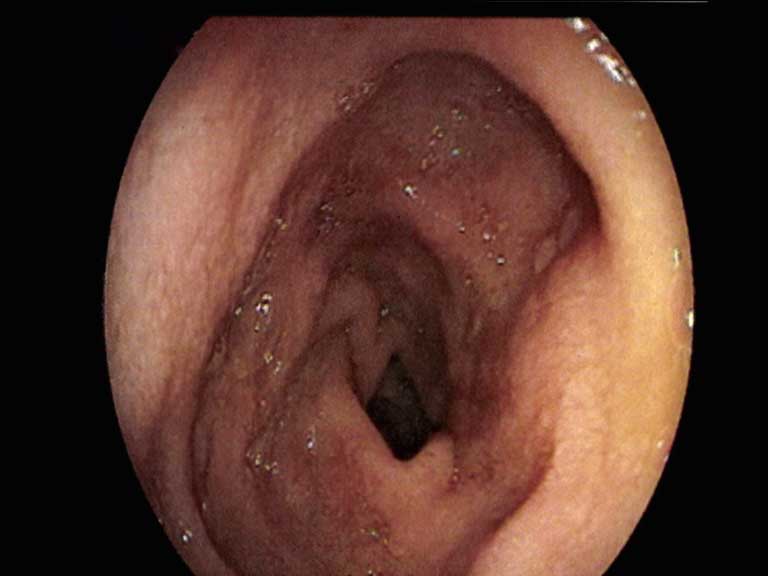Scope procedures
Endoscopy is a diagnostic procedure that allows a healthcare provider to examine the inside of the body using a thin, flexible tube called an endoscope. The endoscope has a small camera and a light on the end, which transmits images of the inside of the body to a monitor. Endoscopy can be used to examine various parts of the body, including the oesophagus, stomach, small intestine, and colon.

There are different types of endoscopy procedures, depending on the part of the body being examined. Some of the most common types of endoscopy include:
- Colonoscopy: examination of the entire large intestine, including the colon and rectum, using an endoscope passed through the rectum
- Gastroscopy: examination of the oesophagus, stomach, and the first part of the small intestine using an endoscope passed through the mouth
- Laparoscopy: examination of the abdominal cavity and organs using an endoscope passed through small incisions in the abdomen.
Endoscopy procedures are typically performed on an outpatient basis and do not require an overnight stay in the hospital. The procedure is usually performed under sedation, which helps the patient to relax and reduces discomfort. The procedure typically takes 30 minutes to an hour, but the duration can vary depending on the type of endoscopy and the complexity of the case.
After the procedure, the patient will need to rest for a few hours and will be monitored for any complications. The patient will also be given instructions on how to care for the incision and when to return for a follow-up appointment. Most people are able to return to their normal activities within a day or two of the procedure.
Types of procedure
The scope is inserted into the rectum to diagnose and treat inflammation, polyps, and haemorrhoids. The procedure is carried out under anaesthetic.
The endoscope is inserted through the mouth to examine the oesophagus, stomach and small intestine to assess symptoms such as abdominal pain, reflux, or achalasia.



